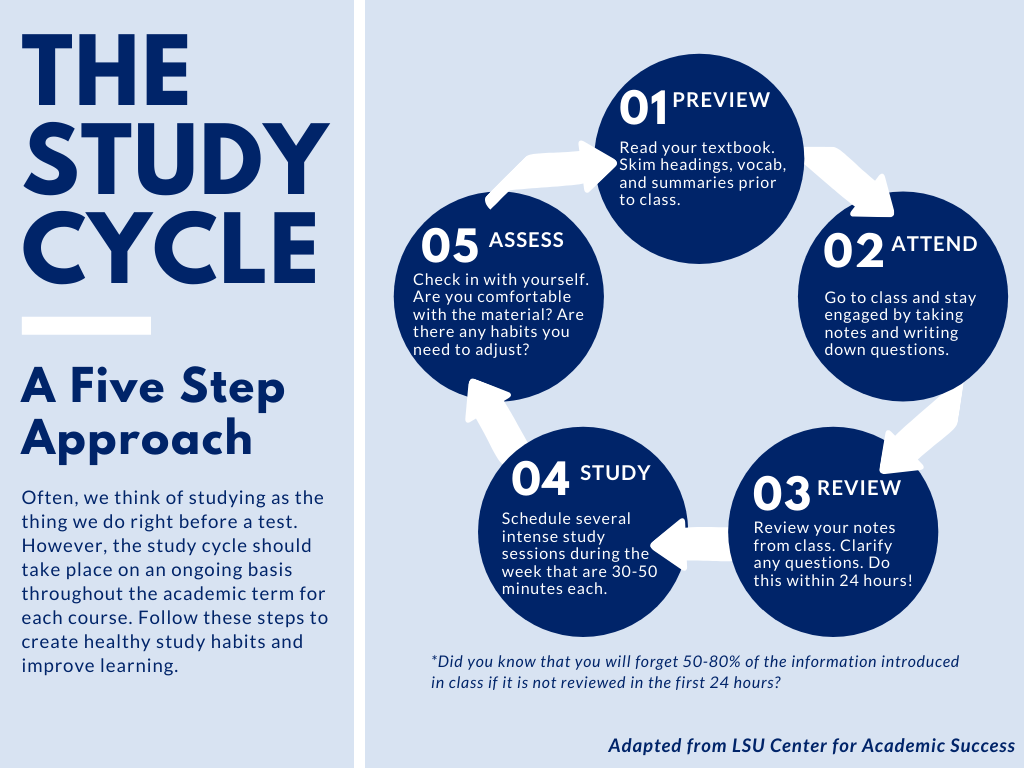Let’s be real for a second. College isn’t cheap. For a lot of students, figuring out how to pay for school feels more stressful than finals week. Sure, there are the usual routes everyone talks about like scholarships and federal financial aid. But what if you don’t get enough of those to cover everything? Or what if you just want to avoid taking out huge student loans? The good news is there are other ways to pay for college, such as attending a low-cost online community college, that don’t always get as much attention. Today, let’s take a closer look at some of those lesser-known options.
Online Community College: A Hidden Gem
If you’re not locked into attending a four-year university right away, online community college can be a smart way to save money upfront. Community colleges usually have much lower tuition costs compared to traditional universities. When you take classes online, you also save on housing, transportation, and campus fees.
Many students start at an online community college to knock out their general education requirements, then transfer to a four-year school to complete their degree. This way, you end up with the same diploma as someone who spent all four years at a university, but you might save tens of thousands of dollars. It requires planning to make sure your credits transfer smoothly, but many schools have agreements to help with that.
Work-Study Programs: Getting Paid to Learn
One option that doesn’t always get the spotlight it deserves is work-study. Think of it like a part-time job that’s built right into your college experience. Instead of hunting for a random off-campus job, you get a position through your school that’s often flexible around your class schedule. And here’s the cool part: these jobs can sometimes even relate to your major or future career path.
To qualify, you usually need to fill out the Free Application for Federal Student Aid (FAFSA). Once you get approved, your school matches you with an on-campus or sometimes off-campus employer. You earn money as you work, which helps cover your expenses without adding to your student debt. Plus, employers often understand that you’re a student first, so they’re more flexible with hours.
Grants: Free Money You Don’t Pay Back
Grants are another great funding option. Unlike loans, you don’t have to pay back grant money as long as you meet the requirements. Most grants are based on financial need, but some are awarded for things like academic performance or special talents.
Federal grants, like the Pell Grant, are pretty well known. But don’t forget to look into state grants, private grants from organizations, and even grants from the college itself. Some require essays, interviews, or proof of financial need. It takes effort to apply, but the payoff can be huge.
Crowdfunding: Let Your Network Support You
Crowdfunding isn’t just for business startups or medical expenses anymore. More and more students are turning to platforms like GoFundMe to raise money for college costs. This approach taps into your personal network of friends, family, and even kind strangers who want to support your education.
Of course, this method requires some creativity. You’ll need to share your story and explain why you’re asking for help. Videos, social media posts, and regular updates can keep your supporters engaged. While you might not cover your entire tuition through crowdfunding, every little bit helps. Plus, you might be surprised by how generous people can be when they believe in your goals.
Income Share Agreements: A New Way to Borrow
Income Share Agreements (ISAs) are a newer option that flips the idea of student loans on its head. Instead of borrowing a lump sum and paying it back with interest, you agree to pay a percentage of your future income for a set period after you graduate.
The good thing about ISAs is that your payments are tied to your income. If you land a high-paying job, you might pay more. If your salary is lower, your payments adjust accordingly. This can reduce the risk of being overwhelmed by payments right out of school. But ISAs do have their critics. Some argue that depending on the terms, you could end up paying more over time than you would with a traditional loan. It’s important to read the fine print and fully understand the agreement before signing up.
Student Loans: The Necessary Evil
Finally, we have student loans. While they might be the last resort for some, they’re still a common part of the funding puzzle. Federal student loans usually offer lower interest rates and more flexible repayment plans than private loans. Some federal loans also offer forgiveness programs if you work in certain fields.
If you do need to take out loans, borrow only what you absolutely need. Make a plan for repayment before you even graduate. And take advantage of any counseling your school offers to help you navigate your options.
The Bottom Line
Paying for college can feel overwhelming, but it doesn’t have to be a dead end. By exploring work-study programs, starting at an online community college, applying for grants, trying crowdfunding, considering income share agreements, and carefully managing student loans, you can piece together a plan that works for you.
Everyone’s situation is different, so take the time to research each option and think creatively. The key is to stay informed, ask questions, and don’t be afraid to explore paths that might not be as common. Your future self will thank you for the effort you put in now.

Dilawar Mughal is an accomplished author with a passion for storytelling. His works span various genres, from thrilling mysteries to heartfelt romance novels. With a keen eye for detail and a knack for character development, Sana Fatima weaves engaging narratives that captivate readers and transport them to new worlds.










